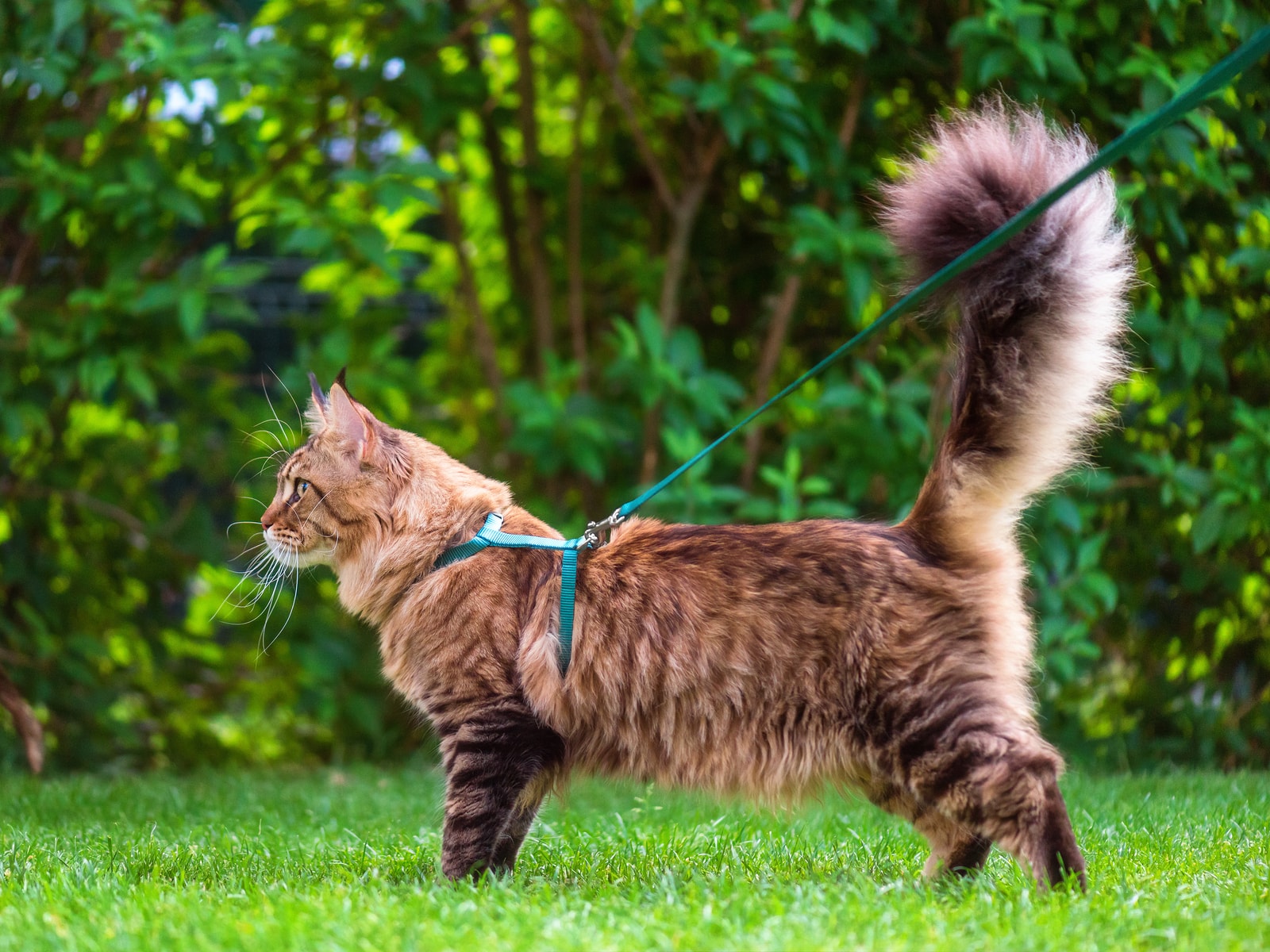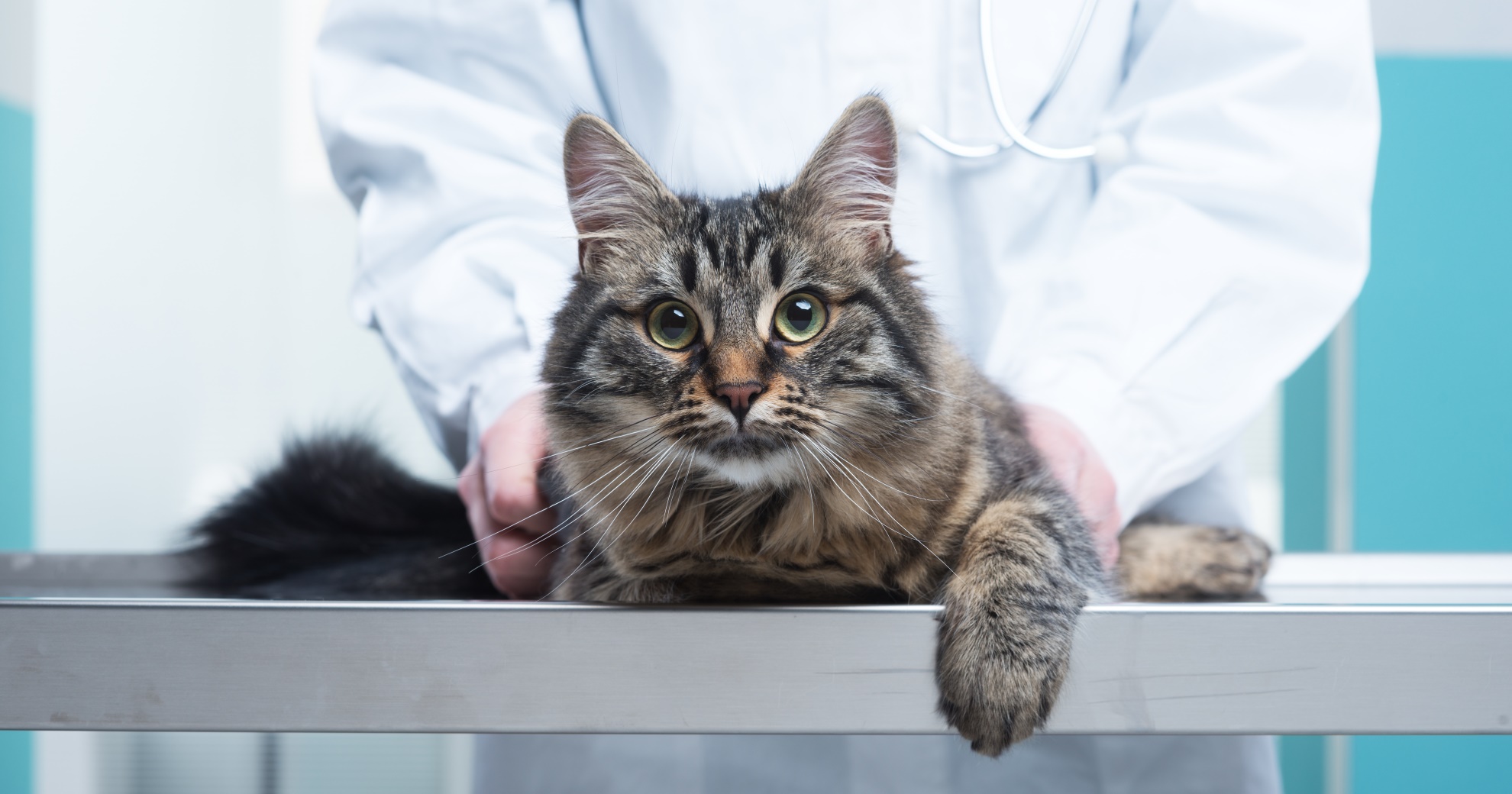How Long Will A Cat Live With Untreated Diabetes? What Happens and How to Avoid It?
Diabetes affects cats in a similar manner to humans. The most common type of diabetes in cats is Type II diabetes. It is diagnosed as the blood sugar in cats becomes higher due to improper insulin activity.
Untreated, diabetes can become dangerous and cause life-threatening illnesses in cats The most common sign of diabetes, besides blood sugar tests, in cats is weight gain. Cats with untreated diabetes often become obese. But in some cases, weight loss is also a common symptom to watch out for.
Insulin therapy and a sufficient weight loss plan can boost recovery of diabetes in cats. But I’m sure you must be wondering, how long do cats with diabetes live? And how long will a cat live with untreated diabetes?
The Lifespan of Felines with Diabetes

Most diabetic cats, with proper veterinary care and diet, live as long as non-diabetic cats. The only time the lifespan of a cat is affected, that is a cat is more likely to pass away into cat heaven will be because of untreated diabetes.
This brings me to the highlight of this article – how long will a cat live with untreated diabetes?
Failing to treat diabetes properly or being unaware of the fact that your cat has diabetes, diabetes will shorten a cat’s life.
While there is no standard lifespan for an untreated diabetic cat, let’s take as an example the average lifespan of a non-diabetic cat: 13 to 17 years.
A diabetic cat that is being treated well either medication, insulin therapy, a good diet plan, etc is expected to live as long as a non-diabetic cat that is between 13 to 17 years.
But untreated diabetes can give rise to a host of other illnesses in felines. Such as kidney problems, liver diseases, obesity, and metabolic conditions. This can shorten a cat’s lifespan by 5-7 years, even more, if the conditions get worse and are not treated.
Untreated diabetes in cats will show up in symptoms of unexpected weight loss or weight gain, lethargy, drastically increased/decreased appetite, hair loss, vomiting, weakness, and irregular passing of stools or urine.
How to Prevent Onset of Diabetes In Cats

The best way to avoid diabetes in cats is through certain healthy home practices. Including proper diet. You can also consult with a vet to make sure the right diet plan for your cat – with the perfect blend of proteins, healthy fats, vitamins, and minerals.
Second, make sure your cat gets adequate exercise. Encouraging your cat to play with toys at home is a great way of keeping them active and fit. So what if a cat is not supposed to be walked in a park as regularly as a dog? You can still encourage a healthy habit of exercise to avoid long-term illnesses such as obesity, lethargy, and diabetes in felines.
Diet and exercise are 2 fool-proof ways of preventing diabetes and avoiding any unnecessary complications in your cat.
How Much Does Diabetes Treatment Cost for Cats?

The final cost of treating diabetes in cats depends on the location of the vet but also what your cat needs with regards to medical treatment.
But to give you a general idea about what to expect, the treatment cost for cats with diabetes is anywhere from around $50 to $200, excluding the cost of medication.
The most basic type of treatment for diabetes in cats is insulin injections, diet changes, and regular blood tests to monitor the cat’s blood sugar levels.
Once the vet diagnoses diabetes in your cat, they will put your cat on a special diabetic-friendly diet. Administering insulin injections and any other medication is the responsibility of the vet.
You must not take it upon yourself to look online for the proper diabetes treatment for your cat. It’s very important to treat diabetes at a vet to prevent the condition from progressing and causing other serious health problems such as kidney failure, obesity, and heart problems.
What Will Happen If A Cat Lives With Untreated Diabetes?
As mentioned above, it can shorten a cat’s lifespan. But it can also lead to other serious health diseases such as hepatic lipidosis, ketoacidosis, organ failure, heart disease, and obesity.
Lipidosis and organ failure can often cause immediate death in a matter of days or weeks. The cat may also stop eating food and drinking water completely as a result of kidney failure which may cause starvation and death.
Premature death in cats with untreated diabetes is also due to the onset of other significant health problems. So make sure you pay attention to your cat’s blood sugar levels, weight management, and other dietary factors to avoid diabetes.
In many cats, the diagnosis of diabetes happens very late which could further complicate the road to recovery. So make sure you take your cat to the vet regularly to keep her blood levels in check and ensure regular exercise and a healthy diet.
Final Thoughts
While there is no “cure” for diabetes in cats, there is a proper way to manage high sugar levels with insulin therapy, a diabetes-friendly diet, and exercise. To answer a common question, can cats lead healthy lives despite diabetes? Yes, they can.
But untreated diabetes can complicate matters further, sometimes even resulting in sudden organ failure or death.
If you have an older (senior) cat, maintaining normal blood sugar levels is very crucial. Older cats respond comparatively slower to diabetic treatment. So the chances of remission in older cats are higher. Having said that, starting steroids, insulin therapy, and other medications in older cats is trickier because you have to keep in mind that it doesn’t drastically affect their kidneys.
Cats with diabetes require extra care and attention for the rest of their lives. Monitoring their blood sugar levels closely and feeding them a diabetic-friendly cat diet is essential.

